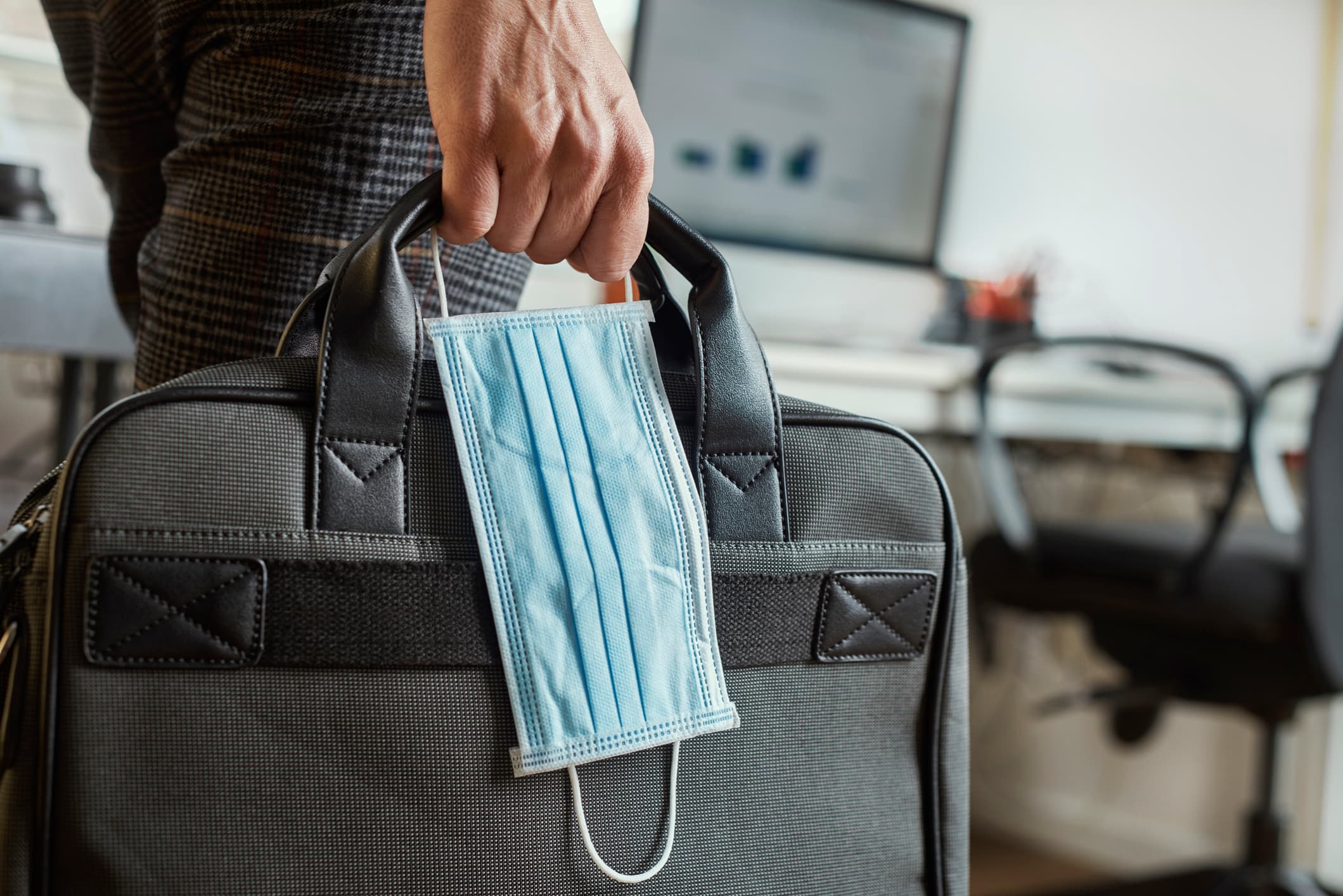The economy is reopening even as COVID-19 continues to spread all over the world. Uneasiness, financial constraint, and shifts in consumer behavior will impact how you trade. What can you expect in the coming months, and where will customers be spending their money now?
Most small businesses are open, even if it’s only for limited hours or curbside sales. But the market they have returned to is not the same as it was. In June, 55% of small business owners said that they believed it would take at least 6 months before the economy corrected itself.
Experts are saying that there is no realistic return to ‘normal’ and that – much like the Great Recession – the economy has fundamentally changed forever. Predictions range from one year to 10, but there is a general consensus that it will take a long time for consumer faith to be restored.
Here’s what your small business can expect to see and experience in the coming months. As you reopen, take these changes into account – because they’re your new way of doing business!
#1: Continued Changes and New Regulations
The global pandemic is still in full swing, with 4.58 million Americans infected, 2.24 recovered and 154,000 deaths. At the time of writing this article, the Centers for Disease Control logged about 1400 deaths just today, with 65,000 new cases. The threat is very real, and many consumers know that.
Because the virus is far from over, there is every chance that regulations – including social distancing, hygiene protocols and stay-at-home orders, will change in the future. People 55 and older, support additional lockdowns if they become necessary – and they might.
It makes sense to prepare your business for future lockdowns and stay-at-home orders. Your business can’t rely on foot traffic alone, you need online traffic to supplement your sales. If you haven’t already, investing in an online store will pay off over the next two years.

#2: Ongoing Childcare Requirements
With so many schools and daycare centers closed, small business owners have had to look after their kids at home, while trying to run their companies. COVID-19 has had an especially negative impact on female business owners – making it nearly impossible to trade without childcare services.
The only safe and viable solution is to hire an at-home nanny or au pair service. These are incredibly expensive, but realistically they may be the only option some small business owners have in this climate.
Some experts say that up to 90% of minority and women-owned businesses will be denied a PPP (paycheck protection program) loan. Without government help, other ways to earn the income you need must be accounted for. The best of these is to build a stronger eCommerce presence.
An online shop gives you the flexibility to work from home and afford a childcare specialist to watch your kids for you. You won’t have to rely on government programs, and you can continue to grow your business. Online shopping is drastically on the rise – take advantage of it!
#3: Embracing Customer Generosity
With the economy reopening, many Americans are digging deep and tipping big. Generous tipping has become the new normal as the coronavirus devastated the gig economy. The etiquette of tipping has been transformed!
According to Bankrate.com, 62% of people who have had food delivered during the pandemic have tipped more than usual, and 21% tipped ‘much more.’ It’s clear that customers care about the livelihood of local businesses, and are willing to help where they can.
Customer generosity is at its peak, and you can tap into this by making it possible for customers to buy gift cards, gift certificates or to tip your staff when they order from you. Having an eCommerce business model is key to this strategy, so make sure that your website is ready to accept tips.
#4: The Rise of At-Home Services, Curbside and Delivery-Only
Social distancing may be a public mandate, but people will choose to steer clear of public, crowded spaces to avoid risk of infection anyway. This will cause a widespread downshift in spending – especially on Main Street. Restaurants, cinemas and gyms will all experience reduced customer numbers.
According to this poll, COVID-19 has prompted many people to reduce their spending – because of job losses, fear of contraction, and paycheck reductions. There has also been an equal increase in local delivery and curbside pickup demand, as more people order products and food online.
Curbside delivery is one way to get your products in the hands of your customers, but there are other ways too. A huge spike in demand for at-home services has begun. Mobile pet grooming, food trucks, hair stylist services and lawn care – these are the models that are poised to succeed right now.

#5: Join Forces for Common Community Good
Small companies that already have a significant investment in online business have been benefiting from community cause partnerships. An eCommerce platform allows you to reach out to other small businesses, find people that need help, and join forces to both be better off together.
A hairstylist donating her time to an elderly care home is likely to get donations from customers to do so. A pizza place feeding the homeless is likely to get community donations for being a compassionate company. Cause-related business inspires support and that’s going to stick.
To get through the pandemic, ally yourself with worthy causes and tell your customers what you’re doing. As they spend their time and money online shopping, they’ll remember who in their community helps the most people – and you will have their support.
As COVID-19 continues to spread, these changes will impact your business. With a sound investment in an online store you can use these techniques to leverage the current climate and grow!




